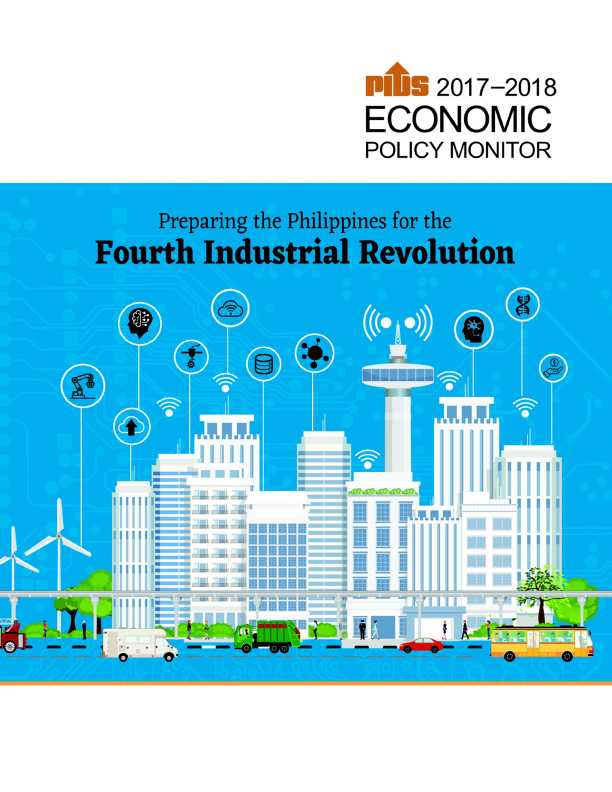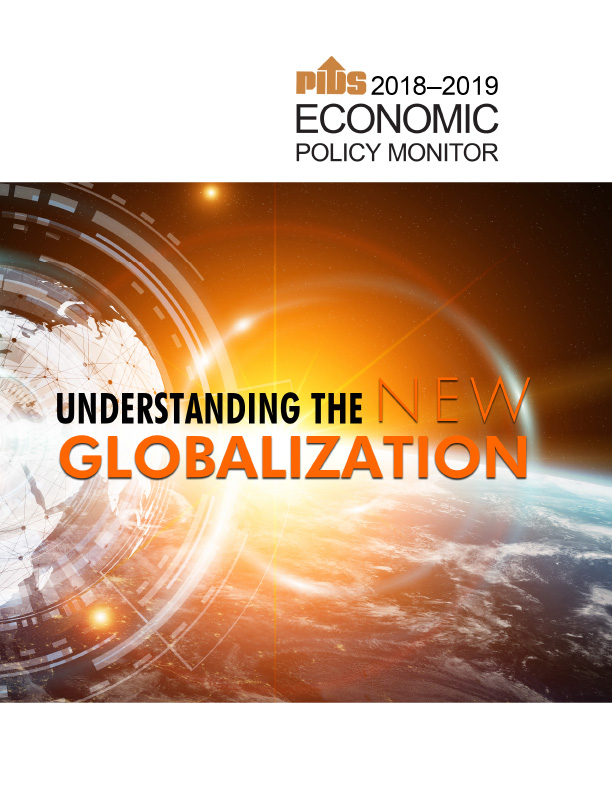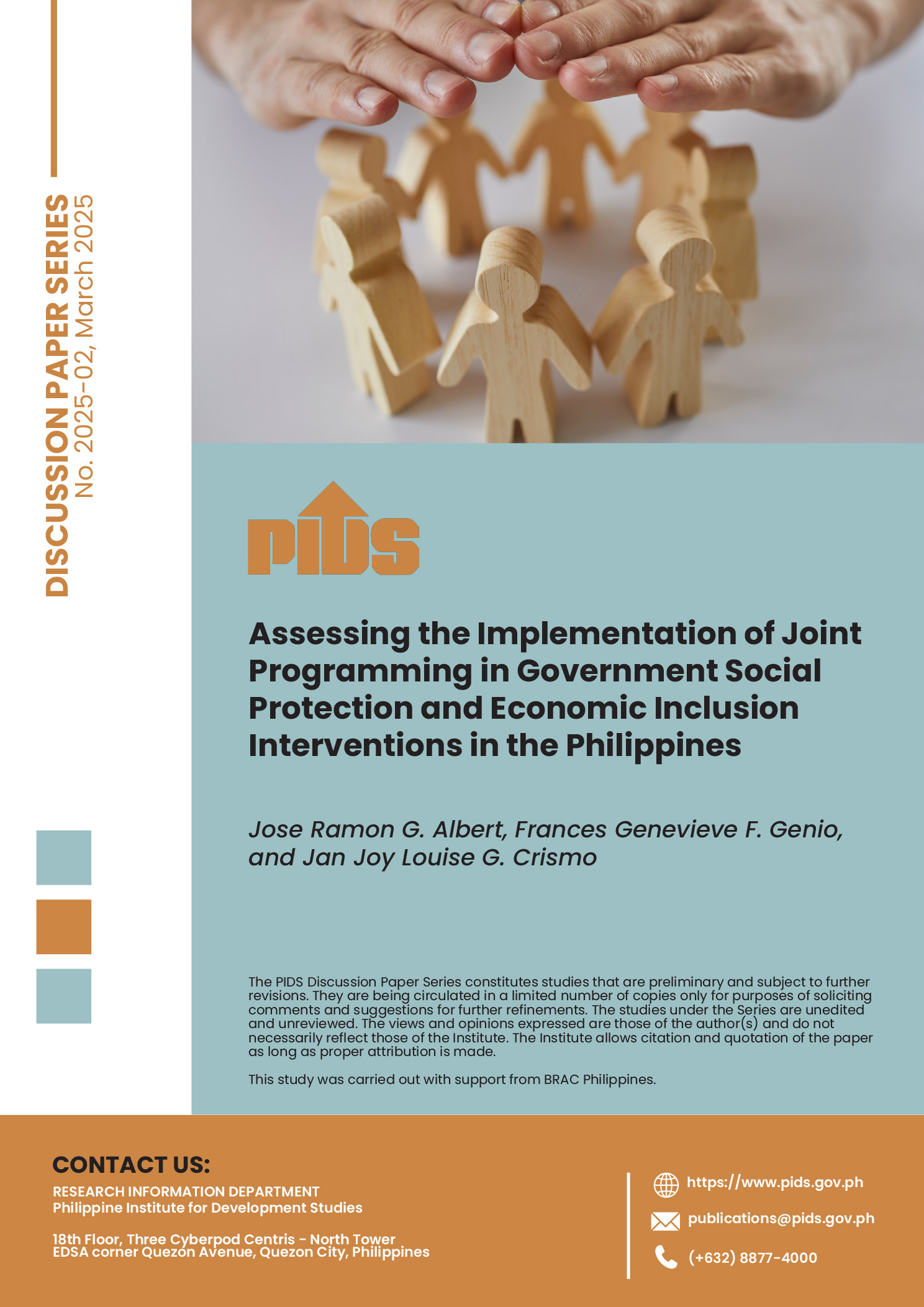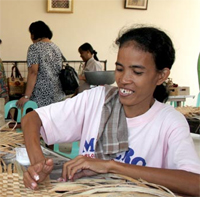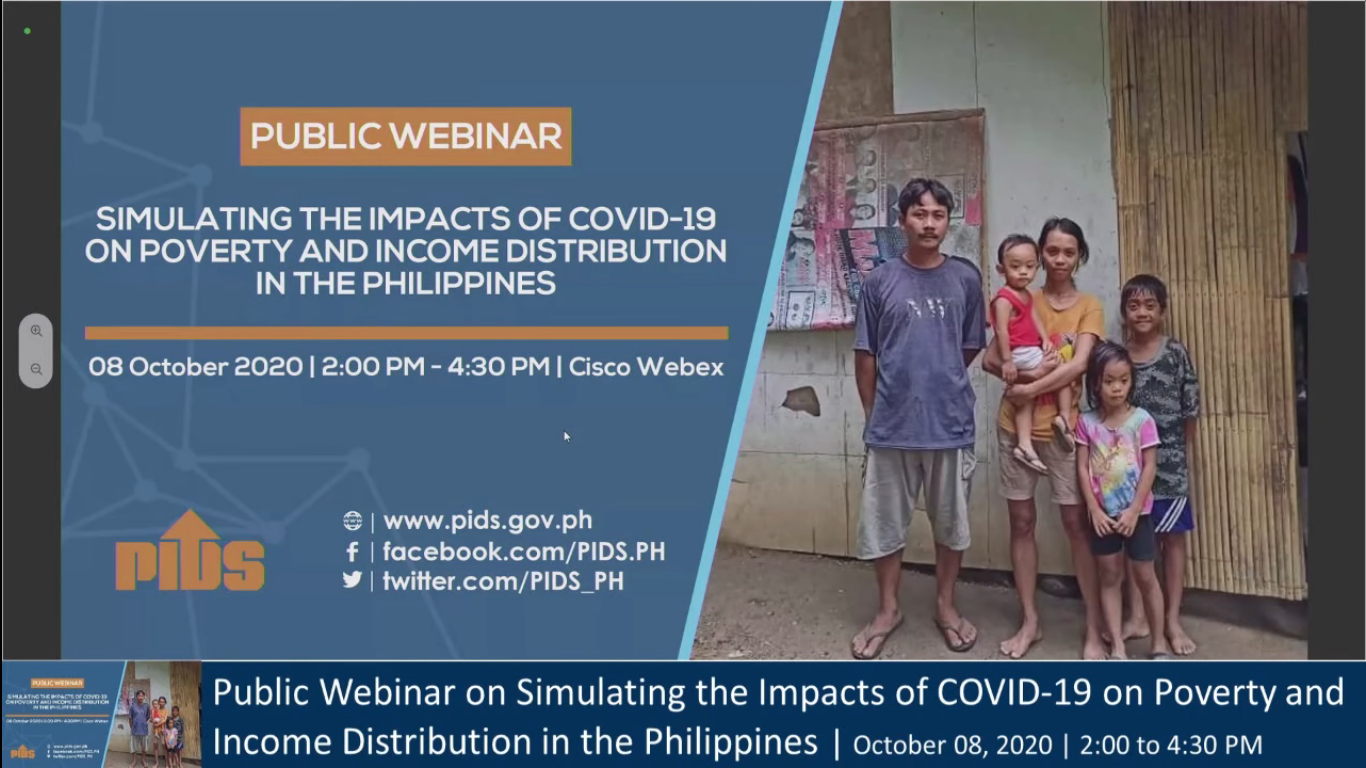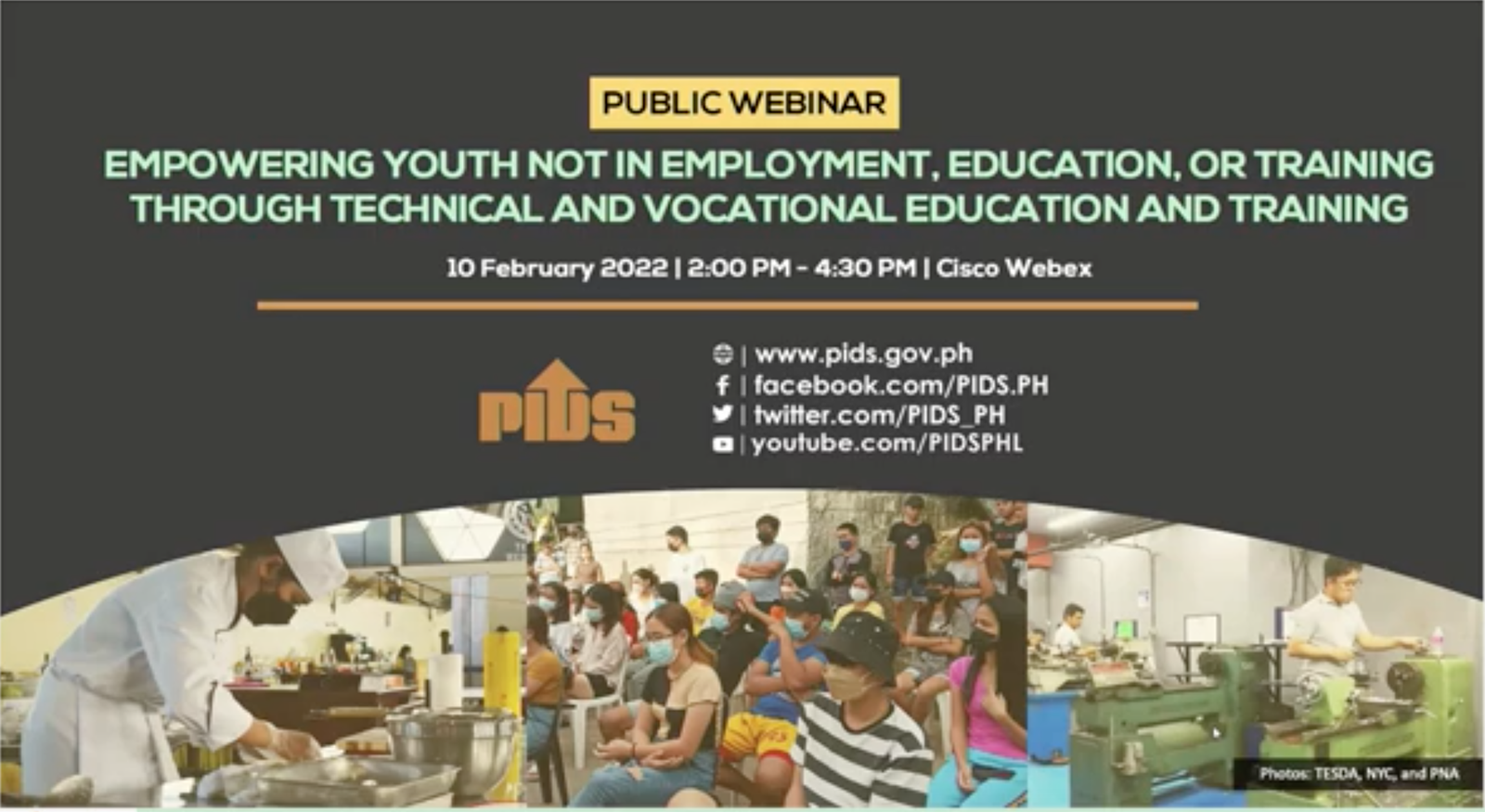EVEN if the national government invests heavily on poverty reduction through higher taxes and Official Development Assistance (ODA) loans, the Philippines will only be able to halve poverty a decade after the achievement of the Millennium Development Goals (MDGs) expire.
In a research, titled "Millennium Development Goals Scenarios to 2015 and Beyond: An Integrated Micro-Macro Modelling Approach,” Philippine Institute for Development Studies (PIDS) research fellow Roehlano M. Briones said attaining the MDG on halving the country’s poverty incidence to 16.6 percent could only be met by 2025, assuming there are massive investments and sustained poverty reduction for 10 years.
In 2012 the country’s poverty incidence rate per population was at 25.2 percent, only a slight decline from the 26.3 percent posted in 2009 and 26 percent posted in 2006. This still translated to a total of 23.75 million poor Filipinos.
"The target for poverty incidence is unattainable even by 2025,” Briones said. "Poverty reduction is not fast enough to attain the MDG target by 2015, though an additional decade of sustained poverty reduction is enough to close the poverty MDG gap.”
The study used two scenarios, the Human Development Infrastructure-borrow (HDInfra-borrow) scenario, which involves a 1-percentage-point increase per annum in government spending distributed between primary education and health expenditure, for years 2014 to 2025.
It also involves another 1-percentage-point increase per annum in government outlay for infrastructure for the same years. Briones noted that in 2012, a percent of gross domestic product is approximately P105 billion or $2.5 billion. The fiscal gap is closed by foreign borrowing.
The other scenario is the Human Development Infrastructure-tax (HDInfra-tax) scenario, which is identical to the HDInfra-borrow scenario, except the closure rule for government finance is changed, from foreign borrowing to tax revenues.
Briones said assuming that the government just continues its anti-poverty measures, poverty will be lower by 7.8 percent by 2025 and means that the target will not be attained even a decade past the milestone year, which is 2015.
What will be attained, only by 2025, is a 2.7-percentage-point reduction in extreme poverty, sufficient to attain half of the level in 1991, which was the base year for the MDGs.
"With increased spending under the HDInfra scenarios, reduction in both official and subsistence poverty is faster than under the base scenario.
Halving poverty incidence not feasible until 2025—study

